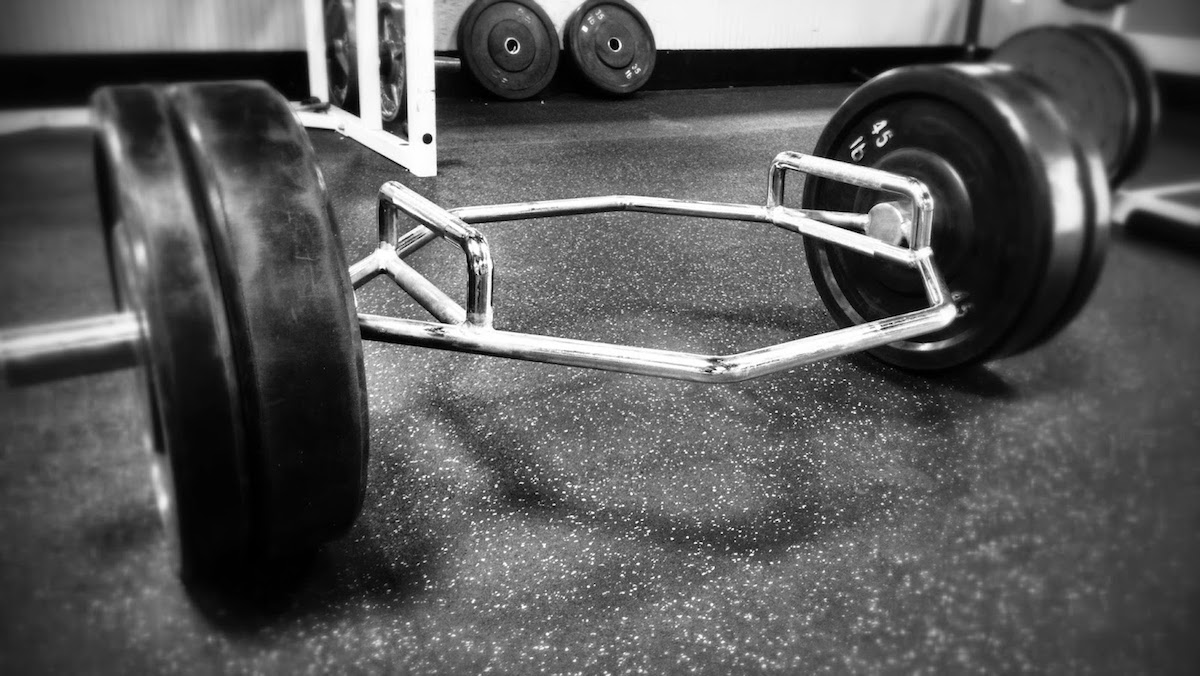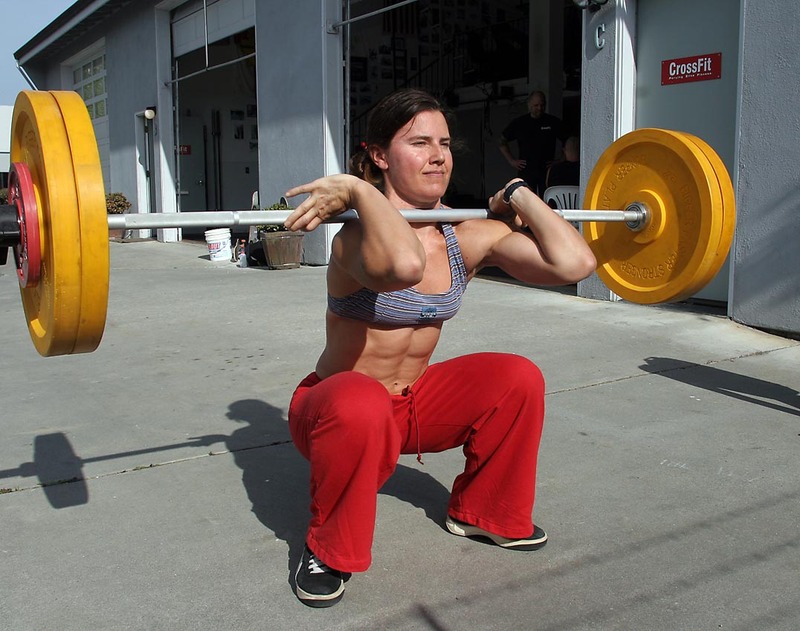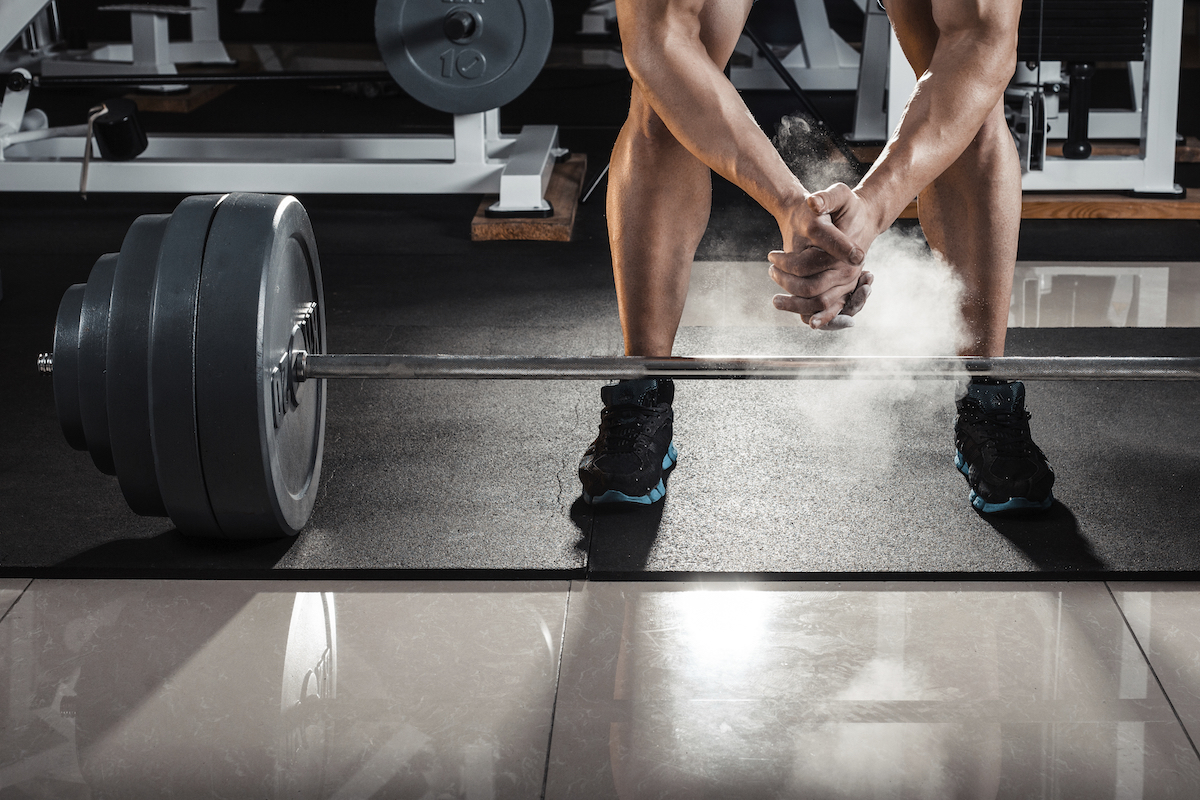There has been a lot of contradictory research on post-activation potentiation (PAP) over the last five to ten years. Briefly, this is performing a heavy, slow strength training exercise prior to performing an explosive activity (like a jump, throw, or sprint). The idea is that the heavy strength training exercise will increase neuromuscular recruitment, leading to enhanced performance.
In the Scandinavian Journal of Medicine and Science in Sports, Thomas et al performed a study to assess whether this approach to performance does in fact result in neuromuscular changes. The authors assessed the nervous system to determine if there were any changes as a result of a low volume, high intensity exercise stimulus prior to a plyometric exercise. To study this, the authors recruited a group of college-aged athletes and had an experimental group as well as a control group.
Subjects in the experimental group began by performing the counter-movement jump. Then they warmed up and did another counter-movement jump. They then performed three sets of three repetitions at 80%, 90%, and 100% of their 3-RM back squat. There was a final counter-movement jump eight minutes after their last set of squats. Then their neuromuscular function was assessed via stimulation of the femoral nerve, isometric knee extensions, and transcranial magnetic stimulation (stimulation of the primary motor cortex). This was assessed before the first counter-movement jump and after the last one.
Results:
- Counter-movement jump increased after the warm-up (over 6% on average) and after strength training (almost 9% from pre warm-up).
- Compared to the control group, the strength training resulted in an almost 6% reduction in leg extensor force.
- There was no evidence of changed to motor neuron excitability from the strength training measured from transcranial magnetic stimulation, EMG, or percent activation.
- Corticospinal excitability was unchanged following strength training.
Short version, the strength training improved performance in the vertical jump. However, the authors cannot find any indication that this improvement was a result of the nervous system. Now, why did performance increase? The authors suggest several possibilities. First, there could be a hormonal response that leads to an increase in performance. Second, the similarity of the two activities (back squat and jump) might create a practice or learning effect that improves performance, finally there might be a neuromuscular enhancement that they did not measure.
I’ve said in several places that post-activation potentiation (or complex training as I learned it) has inconsistent results in the literature for enhancing performance. Some of it seems to depend upon the strength of the athlete (i.e. this may be a better strategy for stronger athletes). However, it is an extremely effective use of an athlete’s time especially during the season when training time is short.
Thomas, K., Toward, A., West, D.J., Howatson, G., and Goodall, S. (2017). Heavy-resistance exercise-induced increase sin jump performance are not explained by changes in neuromuscular function. Scandinavian Journal of Medicine and Science in Sports, 27, 35-44.



